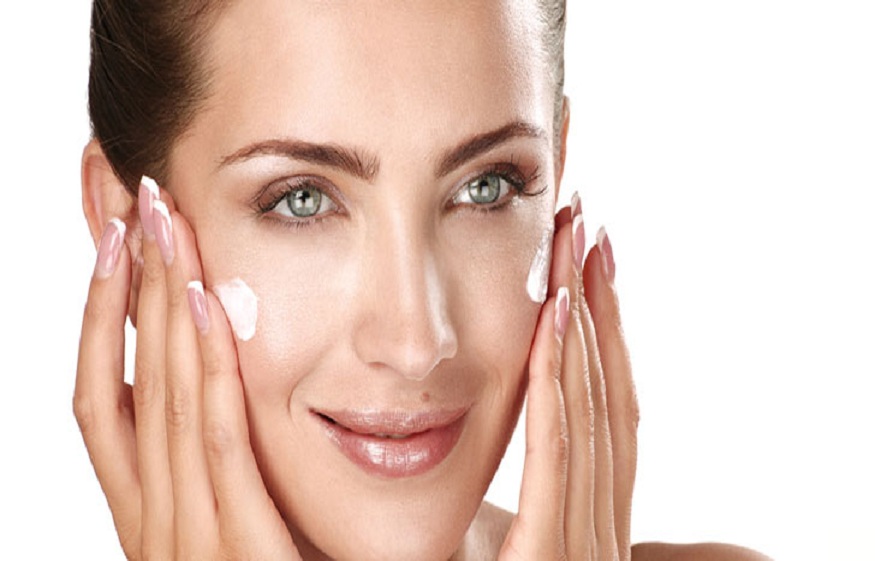The monsoon season brings a sense of freshness to the environment, but it also introduces a set of skincare challenges. With increased humidity in the air, many believe that their skin doesn’t require moisturisation. However, this couldn’t be further from the truth. Despite the dampness in the atmosphere, your skin still needs hydration and balance — especially as weather fluctuations can make it unpredictable, oily in some areas and dry in others.
Choosing the right face moisturizer during monsoon is essential to keep your skin nourished, protected, and free from breakouts or excessive greasiness. Let’s break down how you can pick the best one suited to your skin type and seasonal needs.
Consider Your Skin Type First
The first rule in selecting any skincare product is to understand your skin type. During the monsoon, even dry skin can behave differently due to the moisture in the air.
- Oily skin types should opt for water-based or gel-based moisturisers that are lightweight and non-comedogenic.
- Dry skin types can still benefit from richer formulations but should avoid greasy textures that may clog pores.
- Combination skin benefits from a balanced formulation that hydrates without making the skin feel heavy.
Once you know your skin type, choosing a suitable moisturiser becomes easier and more effective.
Go for Non-Greasy Formulations
The key to a good monsoon skincare routine is using products that don’t weigh your skin down. Look for moisturisers that offer hydration without adding shine. Ingredients such as hyaluronic acid, glycerine, and aloe vera are excellent choices during this time of the year.
A good option for daily use is Cetaphil moisturizer. Known for its gentle, dermatologist-recommended formula, it helps maintain the skin’s moisture barrier without clogging pores or feeling sticky on the surface.
Choose Products with Hydrating Yet Light Ingredients
While your skin might feel moist on the outside, it could still be dehydrated from within. This is especially true if you spend long hours in air-conditioned spaces. Moisturisers enriched with humectants—ingredients that draw moisture into the skin—are a monsoon must-have.
Bioderma moisturizer is a great example. Its lightweight formula works well for sensitive skin and provides long-lasting hydration. It also helps in controlling sebum production, which is often a concern during the humid months.
Avoid Heavy Fragrances and Alcohol
During the monsoon, your skin can become more reactive due to external moisture, bacteria, and sweat. To prevent irritation, avoid moisturisers with strong artificial fragrances or high alcohol content. These ingredients can strip the skin of its natural oils and lead to breakouts or sensitivity.
Always check the label for clean, dermatologically tested formulations. A fragrance-free, gentle face moisturizer can go a long way in maintaining healthy skin.
Don’t Skip Moisturiser, Even If You Have Acne-Prone Skin
It’s a common myth that acne-prone or oily skin doesn’t require moisturiser. Skipping this step can make the skin overcompensate by producing more oil, leading to clogged pores and breakouts. Look for oil-free, gel-based moisturisers that hydrate and soothe the skin without triggering acne.
Lightweight options like Cetaphil moisturizer or other dermatologically tested brands are ideal as they’re formulated to respect your skin’s balance while offering hydration.
Final Thoughts
Maintaining healthy, well-hydrated skin during the monsoon is all about choosing the right products that cater to your changing skin needs. Whether you go for a calming bioderma moisturizer or a no-fuss face moisturizer for daily wear, ensure the formula suits your skin type and the seasonal climate.
A good moisturiser doesn’t just hydrate—it protects your skin barrier, keeps your texture smooth, and supports overall skin health. So this monsoon, don’t skip the moisturiser; instead, choose wisely and let your skin glow rain or shine.


